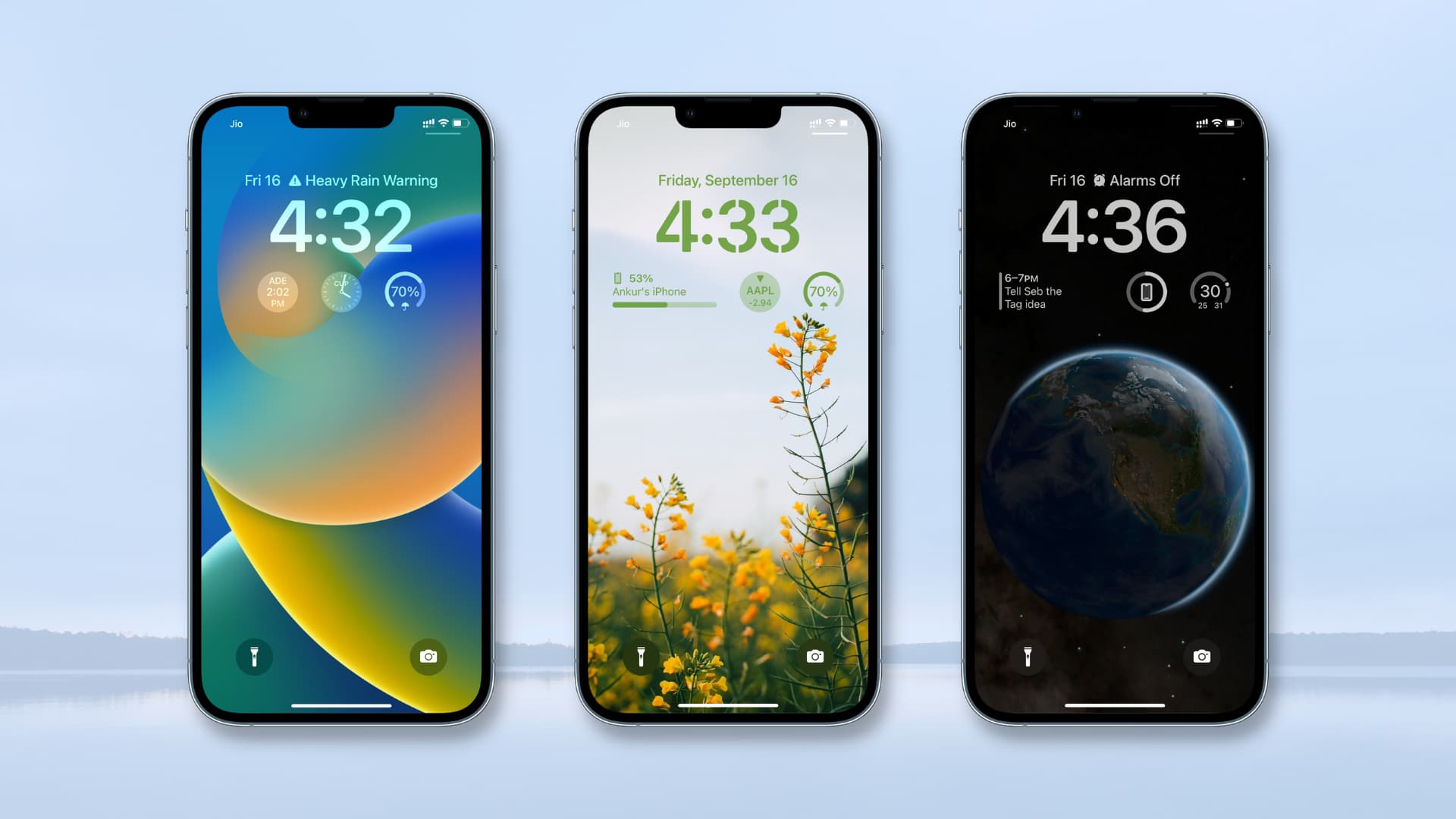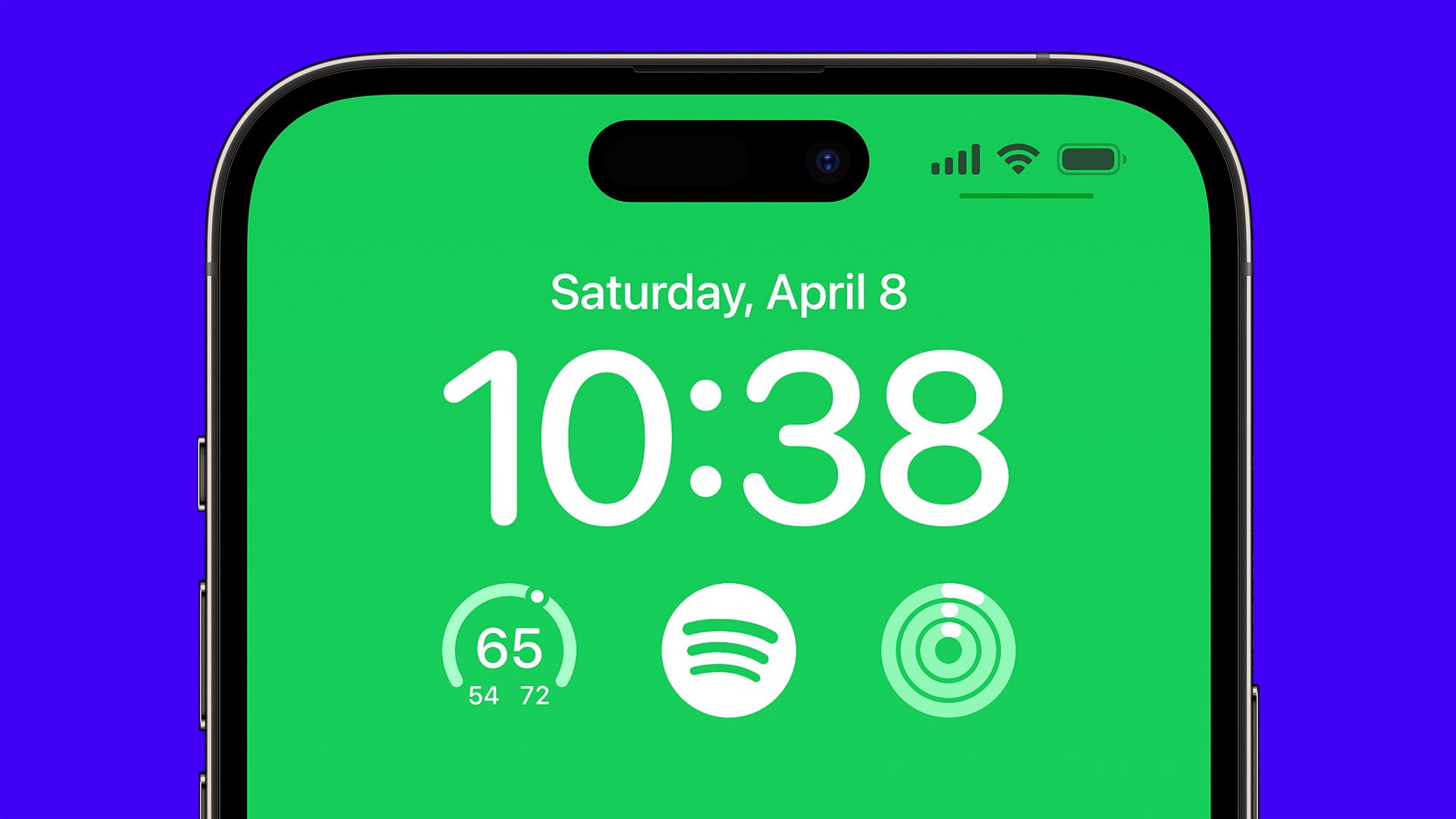The iPhone widgets aren’t interactive, but that could soon change if iOS 17 brings interactive widgets with buttons, toggles, sliders and more.

- Apple is rumored to be internally testing Home Screen widgets with active elements like buttons and sliders that users could interact with.
- Widgets in iOS 16 don’t support interactivity via scrolling elements or actionable switches and toggles, which severely limits their utility.
- Apple could solve this with interactive widgets in iOS 17 unless the company decides to drop them over battery life concerns.
iOS 17 might bring interactive iPhone widgets
Widgets in iOS 16 and earlier versions only do two things. Firstly, they present glanceable information on the Lock Screen, Home Screen and in the Today view. And secondly, they let you launch an app faster. But that could change soon.
Apple is apparently internally testing “active widgets” for iOS 17, claims an anonymous tipster behind the @analyst941 Twitter account who accurately predicted the iPhone 14 Pro’s Dynamic Island feature ahead of the announcement.
10. Active widgets are in testing, but not confirmed by any means. Active widgets will bring one-tap buttons, sliders and more making widgets dynamic.
11. CarKey improvements and more Car implementations into the Wallet app.
— 941 (@analyst941) April 12, 2023
Interactive widgets will apparently sport “one-tap buttons, sliders” and other elements, making them dynamic. In turn, you should be able to perform actions like marking a message as read or deleting an item without launching an app.
It’s unclear whether Apple will launch interactive widgets as this feature is “not confirmed by any means.” As mentioned, the company could skip interactive widgets should they prove detrimental to the iPhone’s battery life.
The problem with iPhone widgets: They’re static

Apple debuted Home Screen widgets with iOS 14 and introduced widgets for iOS 16’s customizable Lock Screen last year. Developers can create widgets in multiple sizes, and users can personalize each widget individually to an extent.
They’re static, however, acting as simple shortcuts to their apps.
For example, Gmail has some nice widgets, but you can’t use them to mark a message as read or delete it without launching the Gmail app. In fact, a widget in iOS responds to touch events by sending you to a specific place within its app. This cripples the functionality of widgets in a pretty significant way.
On the other hand, interactive widgets would do more and consequentially use more energy, so Apple might decide they’re not worth the effort.